There’s something almost romantic about the idea of popping the hood of your car, rolling up your sleeves, and diving in with nothing but a socket set, a flashlight, and a little bit of grit. For generations, owning a car meant more than simply driving it—it meant maintaining it.
People built relationships with their vehicles through grease-stained weekends in the garage, gradually learning the sounds, smells, and quirks of the machine they depended on daily.
From adjusting a carburetor by ear to swapping out a clutch on a Saturday afternoon, the mechanic-owner relationship was once an unspoken bond of understanding and effort. But that world is changing—and in many ways, it already has.
The cars of today are not the cars of yesterday. Where once you found mechanical linkages, vacuum hoses, and clearly labeled relays, you now encounter encrypted ECUs (Electronic Control Units), proprietary diagnostics ports, and entire subsystems hidden behind lines of software code.
Modern vehicles are undeniably smarter, more efficient, safer, and cleaner. But they are also less accessible. In a push for innovation, manufacturers have embraced an ecosystem of digital locks and dealer-exclusive software, leaving many drivers unable to even reset a check engine light without visiting a service center.
This shift hasn’t just changed how we drive—it’s changed who can fix a car. While it once took a few wrenches, a jack, and a Chilton manual to handle most maintenance, newer cars often demand subscription-based software tools, high-end scanners, and authorized login credentials.
For many, the joy of working on your vehicle is being stolen by an increasingly closed-off design philosophy. Repairs that once cost $20 and an afternoon now cost hundreds, sometimes thousands, all due to software-based restrictions. And in the worst cases, a car might refuse to operate until a factory-authorized system “tells” it that everything is okay.
Yet not all is lost. There remains a generation of vehicles—many from the 1990s and early 2000s—that strike a remarkable balance. They feature modern safety and emissions features while still offering mechanical transparency.
These are the cars you can fix with your own two hands, with parts available at any corner auto shop and tutorials scattered across online forums. They’re still out there, and for those who want to truly own their vehicle, not just finance it, these cars represent freedom in its purest automotive form.
At the other end of the spectrum are the high-tech titans of the modern age: Teslas, luxury BMWs, Mercedes-Benz flagships, and ultra-advanced Range Rovers. These are cars where digital integration is so deep that the engine, transmission, brakes, and even the interior lighting are all governed by centralized software systems.
They are incredible machines—there’s no doubt about that—but they’re not designed for owner autonomy. If something breaks, it often means a tow to the dealership, a long wait, and a hefty bill.
In this article, we explore both worlds. First, we’ll highlight five vehicles that you can still fix with basic tools—cars built with the understanding that owners might want to get their hands dirty. Then, we’ll look at five cars that represent the other extreme: vehicles that, while beautiful and powerful, are locked down by technology and essentially demand a computer for every step of their maintenance.
This is not just about nostalgia or progress—it’s about a shift in automotive culture, and what it means for those who still believe that ownership includes the right to repair.
Whether you’re a seasoned gearhead or a curious newcomer to the world of DIY car care, this list will help you understand where the dividing line is drawn. And it just might influence your next purchase—because in the garage, as on the road, knowledge is power.
Also Read: 5 Sunroofs That Never Leak And 5 That Always Do
Cars You Can Fix With Basic Tools
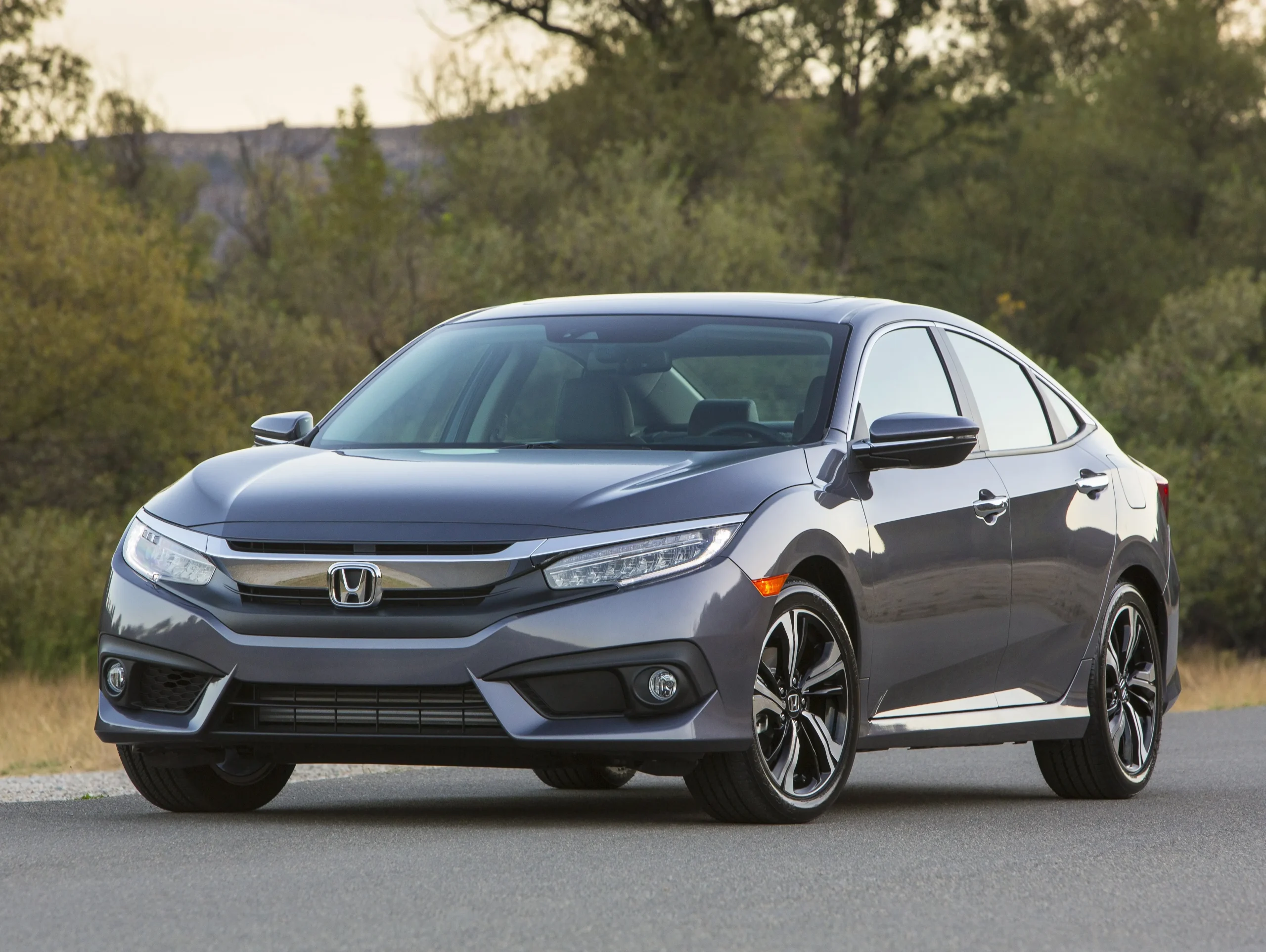
1. Honda Civic (1990s–early 2000s)
The 1990s to early 2000s Honda Civic, especially the sixth (1996–2000) and seventh (2001–2005) generations, remains a benchmark for user-friendly car design.
With compact but logically arranged engine bays, these Civics are a pleasure to work on, particularly for beginners. The engines—especially the D-series and B-series—are some of the most accessible and well-documented powertrains on the planet.
You can easily reach the alternator, power steering pump, timing belt, and even perform cylinder head work without removing the engine. These cars were engineered with practical access in mind, meaning you won’t spend hours removing plastic covers just to get to a spark plug.
Honda’s reputation for simplicity is not just about mechanical layout—it’s about consistency. The parts interchangeability across models and years is exceptional. A water pump for a 1998 Civic may very well fit a 2000 model. For DIYers, this reduces confusion and makes sourcing replacement parts both cheaper and faster.
Additionally, because these cars are so popular among hobbyists, there’s a thriving ecosystem of online communities, YouTube tutorials, and forum posts walking you through every common (and uncommon) repair you might face.
Whether it’s bleeding brakes or swapping out a distributor, there are likely a dozen guides showing you how to do it with just a ratchet set and some patience.
Another reason these Civics stand out is their lack of unnecessary electronic complexity. The OBD-II system can read codes with a basic scanner, and many models even allow “manual” code reading via the check engine light blink method. There are no adaptive suspensions, electronic steering racks, or ECU-dependent braking systems to deal with.
Even the fuel system is straightforward, with single fuel rails and simple injectors. It’s a car designed during the golden age of analog-meets-digital balance, and for that reason, it’s still considered one of the best starter vehicles for DIY mechanics.
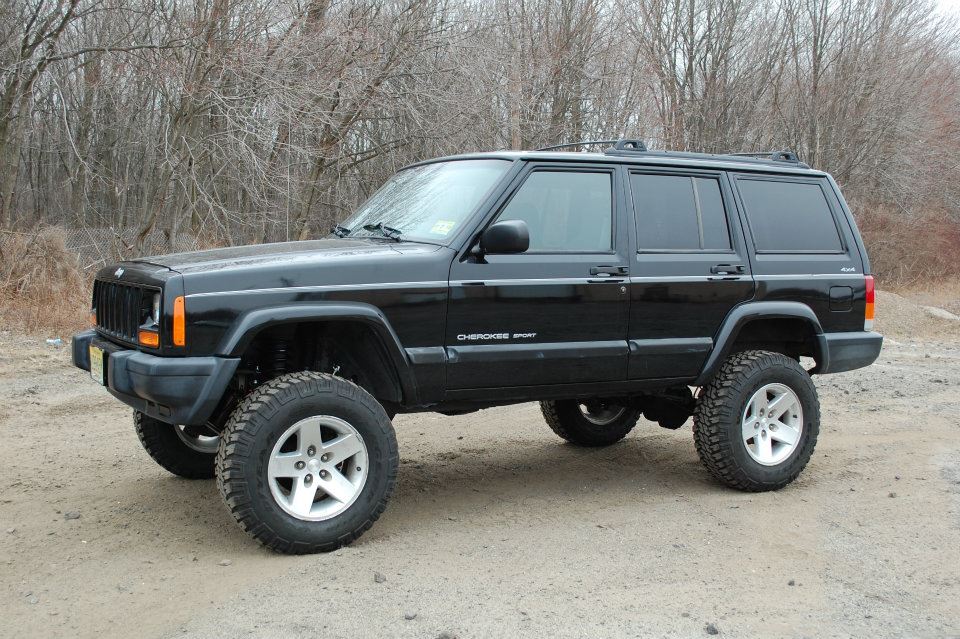
2. Jeep Cherokee XJ (1984–2001)
The Jeep Cherokee XJ is a living legend in off-road and DIY circles for good reason. Its 4.0-liter inline-six engine—especially the high-output version available after 1991—is considered one of the most reliable and easiest engines to service ever built.
With a rugged cast iron block and head, a simple pushrod valvetrain, and very few plastic components, the 4.0L is an engine that will keep running under duress.
What sets it apart for DIYers is the sheer accessibility of every major engine component. You can replace valve cover gaskets, water pumps, and thermostats with minimal disassembly, making it ideal for home mechanics who value practicality over polish.
The XJ’s body-on-frame construction also lends itself well to repairs. Unlike many modern unibody SUVs, the Cherokee was built with modularity in mind. Swapping out suspension components, driveshafts, differentials, and even entire axles is straightforward.
This is a dream for off-roaders and hobbyists who want to upgrade their vehicle without needing specialty alignment tools or dealer-only calibrations. Its simplicity also means it’s very forgiving. Break a driveshaft? You can probably find a replacement in a junkyard, bolt it on yourself, and be back on the road by the weekend. That kind of rugged versatility is increasingly rare.
Electronics on the XJ are almost an afterthought, which is a good thing in this context. Basic sensors like the throttle position sensor, crankshaft position sensor, and MAP sensor are usually plug-and-play and easy to diagnose. There’s no complex CAN bus system or nested ECUs; in fact, you can often diagnose issues with a simple multimeter and a test light.
The fuse panel and relays are simple, clearly labeled, and accessible. All in all, the Jeep Cherokee XJ is a testament to a bygone era of functional design, where mechanical ruggedness trumped technological overkill.
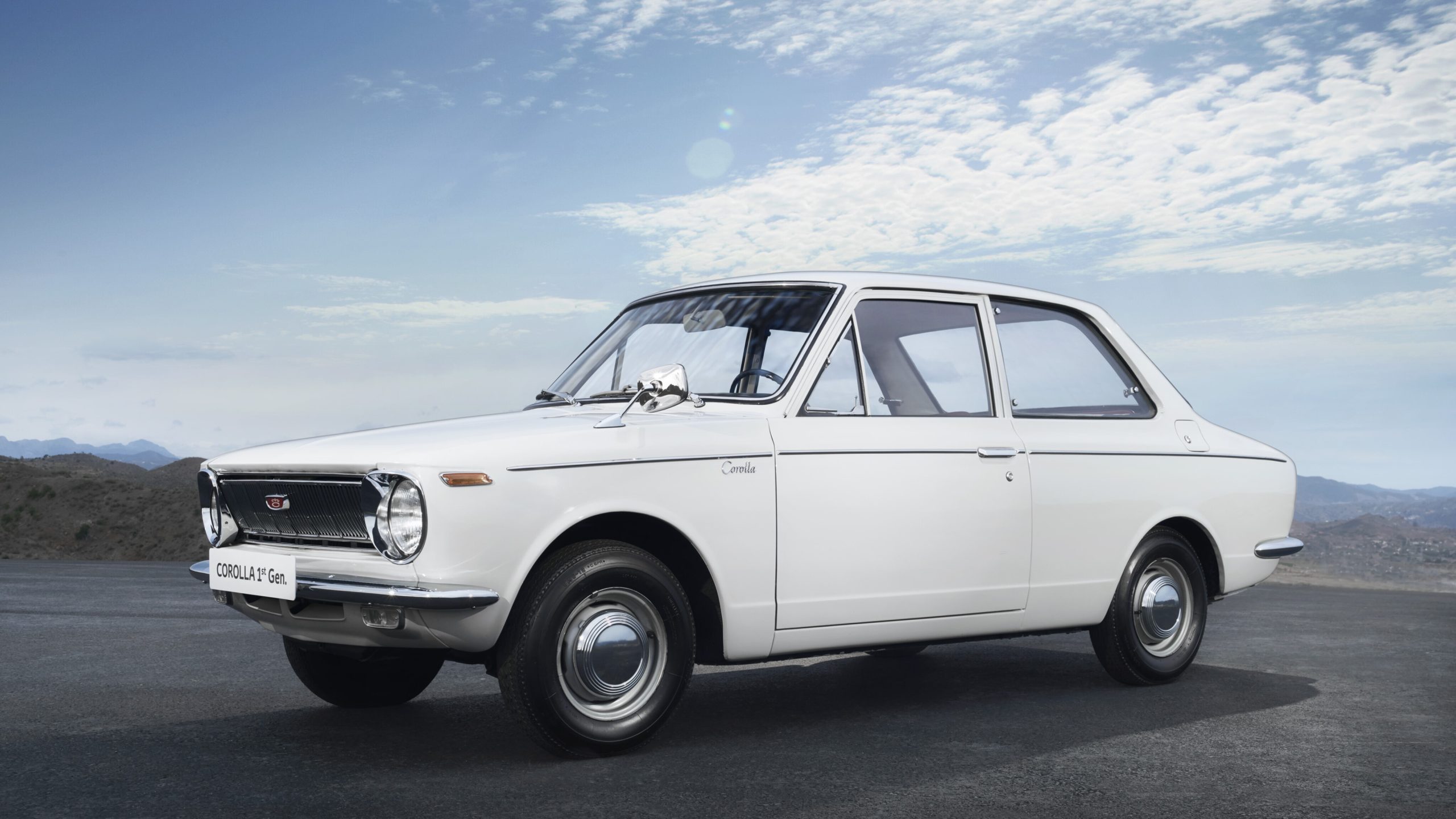
3. Toyota Corolla (1990s–early 2000s)
The Toyota Corolla from the 1990s to early 2000s is arguably the definition of “bulletproof” in the automotive world. Its success isn’t just due to reliability—it’s because that reliability is easy to maintain without any specialized knowledge or equipment.
Most Corollas from this era use the venerable 1.6L or 1.8L four-cylinder engines (4A-FE, 7A-FE, and later 1ZZ-FE), which are simple, non-interference engines with proven durability. Routine maintenance tasks like oil changes, valve cover gaskets, timing belts, and water pumps are all easily handled with basic tools and some weekend effort.
Toyota’s design philosophy at the time was rooted in over-engineering for the sake of reliability. The parts are often made from higher-grade materials than competitors, and everything feels purposeful and methodical in layout.
One of the major perks for DIYers is that most fasteners are easily accessible, and major components are often mounted in places where they can be reached without dismantling half the engine bay. Whether it’s replacing a starter, changing spark plugs, or even pulling the transmission, the process is far more intuitive than on modern cars.
Electrical systems in the Corolla are equally straightforward. The wiring is minimal, the connectors are usually weather-sealed and durable, and many common issues can be traced with a simple circuit tester.
Even the engine management system is uncomplicated by today’s standards, and many issues can be diagnosed using an OBD-II scanner or even simple jumper wire methods on OBD-I models. In an age where even checking a fuse requires internet research, the Corolla’s user-friendly systems make it a sanctuary for hands-on drivers.

4. Ford Ranger (1990s–early 2000s)
If you wanted a truck that didn’t fight you every step of the way during maintenance, the 1990s-era Ford Ranger is it. This compact pickup is the mechanical equivalent of comfort food—unpretentious, dependable, and easy to deal with. It came with a variety of engines, but the 2.3L four-cylinder and the 3.0L Vulcan V6 stand out for their longevity and mechanical accessibility.
These engines are simple enough that even major repairs like timing belt changes or head gasket replacements can be done with basic tools and a little research. The layouts were designed with serviceability in mind, meaning you can often reach all necessary components without special extensions or ratchets.
One of the reasons the Ranger earned a cult following among shade-tree mechanics is its durable and predictable mechanical systems. The manual transmission versions are particularly beloved because they require minimal maintenance, and clutch jobs are more straightforward than on larger vehicles.
Whether it’s brakes, suspension components, or even engine mounts, the Ranger is a truck that welcomes you into the engine bay rather than locking you out of it. The frame-on-body construction adds to its ease of modification—everything from lift kits to fuel tank replacements can be done in your driveway with a good jack and some patience.
Where modern trucks bury functionality under layers of sensors and electronic assistants, the Ranger offers transparency. If your speed sensor fails, your speedometer might stop—but you won’t lose driveability. There are no drive-by-wire complications or ECU restrictions on parts replacement.
That simplicity pays dividends for anyone who values reliability through repairability. The truck doesn’t just run for years—it can be kept running for years, with a little effort and a well-stocked toolbox.
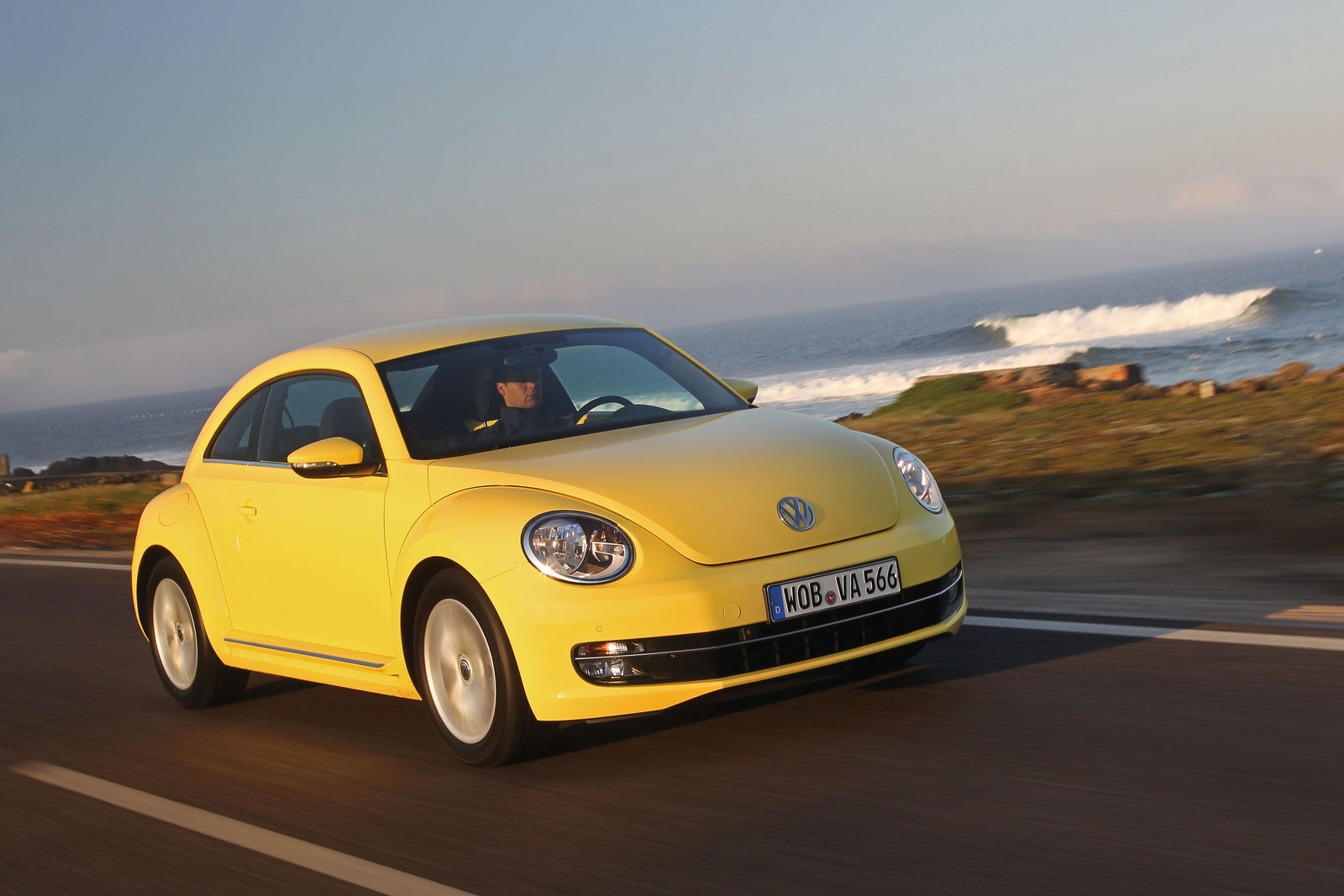
5. Volkswagen Beetle (Classic, Air-Cooled)
The classic Volkswagen Beetle is more than a car—it’s a mechanical rite of passage. Designed in the 1930s and refined over decades, the Beetle was built with simplicity as a core philosophy. Its air-cooled engine is not only easy to understand, but it’s also designed to be maintained by the owner.
With no radiator, water pump, or cooling hoses, the engine bay is stunningly uncluttered. Most engine components can be removed and replaced with nothing more than a socket set and a flathead screwdriver. You can remove the entire engine in under an hour with the right prep—something virtually unheard of in modern cars.
In terms of electrical work, the Beetle is refreshingly primitive. It uses a minimal wiring harness with clear, color-coded wires. You don’t need a code reader or diagnostic port to troubleshoot issues. Just a simple test light or multimeter will get the job done.
Swapping out a generator or voltage regulator, wiring a new headlight, or installing a new ignition switch is a matter of tracing wires and connecting terminals—no reprogramming, no security codes, and no frustration. Even the carburetor is a blessing for those who enjoy mechanical tuning. You can adjust idle speed, mixture, and float level with a screwdriver and a few test drives.
Another remarkable aspect of the Beetle is the community that surrounds it. Because these cars were so popular for so long, there is an ocean of knowledge available in books, forums, YouTube channels, and even dedicated clubs. From complete engine rebuild guides to tips on setting valve lash or replacing clutch cables, help is always available.
Owning a Beetle is like inheriting a legacy—a living mechanical tradition that puts control and understanding back into the hands of the owner. It’s the anti-smart car: nothing automatic, nothing hidden, and nothing you can’t learn to fix yourself.
Cars That Require a Computer for Everything
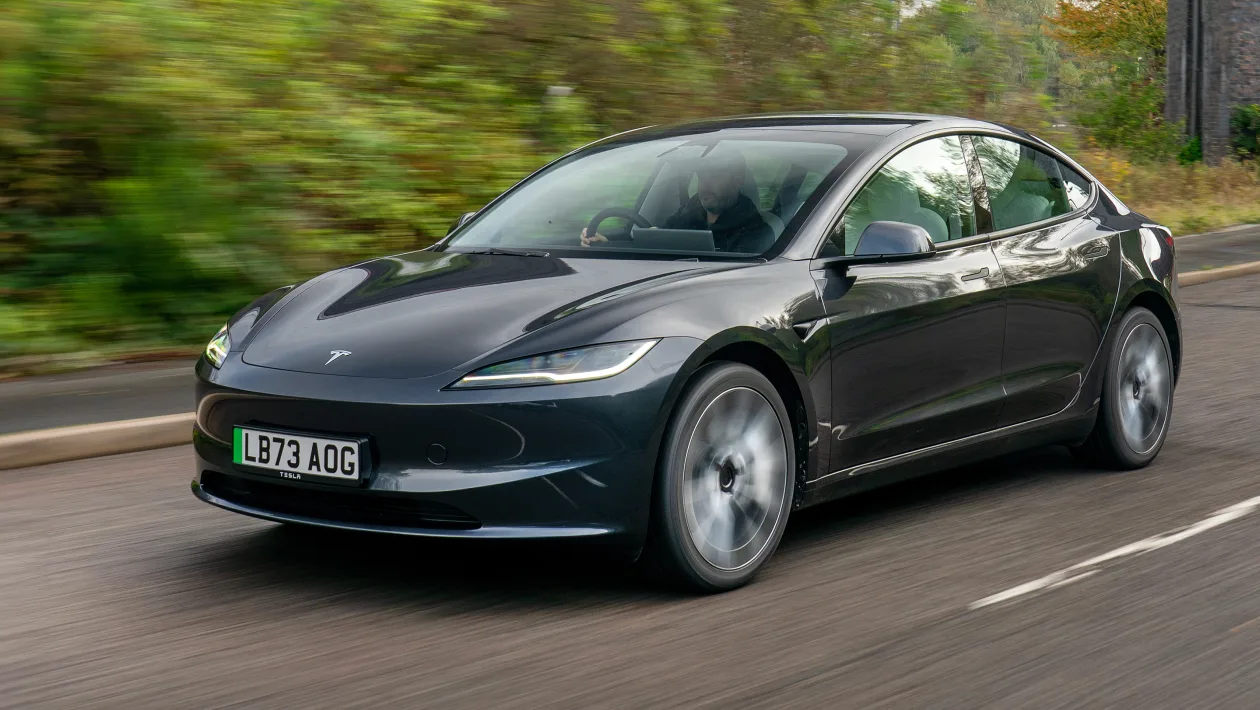
1. Tesla Model 3
The Tesla Model 3 is often hailed as the future of automotive technology—and in many ways, it is. However, what makes it revolutionary also makes it incredibly restrictive for DIY repair. Unlike traditional cars, the Model 3 lacks a conventional engine or transmission.
Instead, it relies on electric motors, high-voltage battery packs, and a fully digital operating system that controls nearly every function of the vehicle. From the climate control to brake regeneration, every system is deeply integrated into Tesla’s proprietary software architecture.
That means even seemingly basic maintenance tasks like rotating tires or replacing cabin air filters are often accompanied by required software prompts or vehicle modes that must be accessed through the touchscreen.
This level of software integration comes at a cost for those who enjoy wrenching in their garages. Tesla does not make it easy—or in many cases, even possible—for owners to perform repairs or diagnostics. The company’s diagnostic tools, known as the Tesla Toolbox, are only available to authorized repair shops, and access comes with steep fees and requirements.
Independent mechanics are effectively shut out, and parts are nearly impossible to purchase without approval from Tesla. The software also acts as a gatekeeper: if a battery module or sensor is replaced, the system will often refuse to recognize the new part until it has been “authorized” or reprogrammed by Tesla servers.
In some cases, even body repairs require online validation before systems can be recalibrated and safety features re-enabled. Security and safety are often the justifications given for this closed ecosystem, but many argue that it effectively eliminates the right to repair.
The Model 3 is a rolling computer, and just like a smartphone, most of its critical systems are hidden behind locked firmware. You can’t “just” change the brakes without telling the car.
You can’t swap a component without reprogramming the vehicle to recognize it. This control may ensure uniform performance and user experience, but it turns a vehicle into a subscription-based platform—one where owners are renters of software, not masters of their machines.
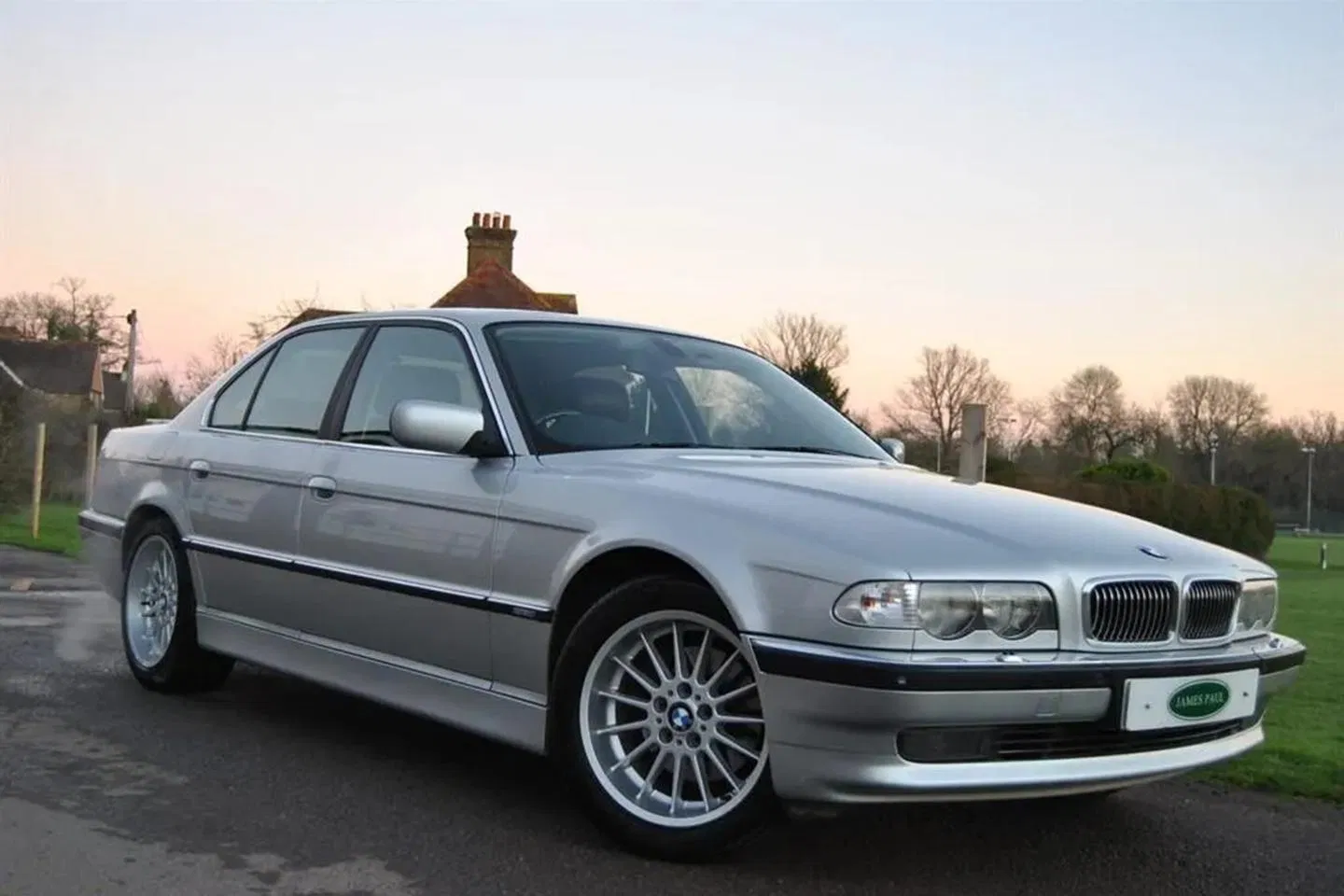
2. BMW 7 Series (G11/G12 2015+)
The BMW 7 Series has long been the automaker’s flagship of innovation, but with the G11/G12 generation (2015 and up), BMW pushed the envelope so far into digitalization that it became virtually unserviceable without advanced diagnostics equipment.
Packed with features like adaptive air suspension, remote-controlled parking, and gesture recognition, this luxury sedan is engineered to be serviced exclusively by BMW-certified professionals with access to the company’s diagnostic platform known as ISTA (Integrated Service Technical Application).
Nearly every system, from the climate control to the active safety suite, communicates through multiple electronic control units (ECUs) that must be synced and programmed to function properly.
Mechanically, the 7 Series is still powered by potent inline-six or V8 engines, but even these have layers of software mediating their performance. Turbo boost levels, throttle response, fuel delivery, and emissions are all tightly governed by software algorithms.
Replacing a battery, something as simple as it gets in older cars, now requires battery registration, without which the alternator might charge improperly, and the ECU may throw persistent fault codes.
Similarly, any work on the suspension system—whether replacing an air strut or recalibrating ride height—requires digital intervention. ISTA doesn’t just diagnose problems; it’s required to “teach” the vehicle about its new parts after installation.
Perhaps the most daunting challenge is the sheer number of control modules and their complexity. The G12 can contain upwards of 70 different ECUs, each responsible for specific systems. These modules must not only work individually but also communicate seamlessly with each other.
If one module goes bad, it can cascade across the system, causing cryptic and unrelated faults that even seasoned technicians struggle to track down.
What used to be a matter of swapping a sensor and resetting a light now requires full system scans, software updates, and even cloud-based coding from BMW servers. For DIY mechanics, the G12 is a fortress—beautiful, advanced, and completely locked down.
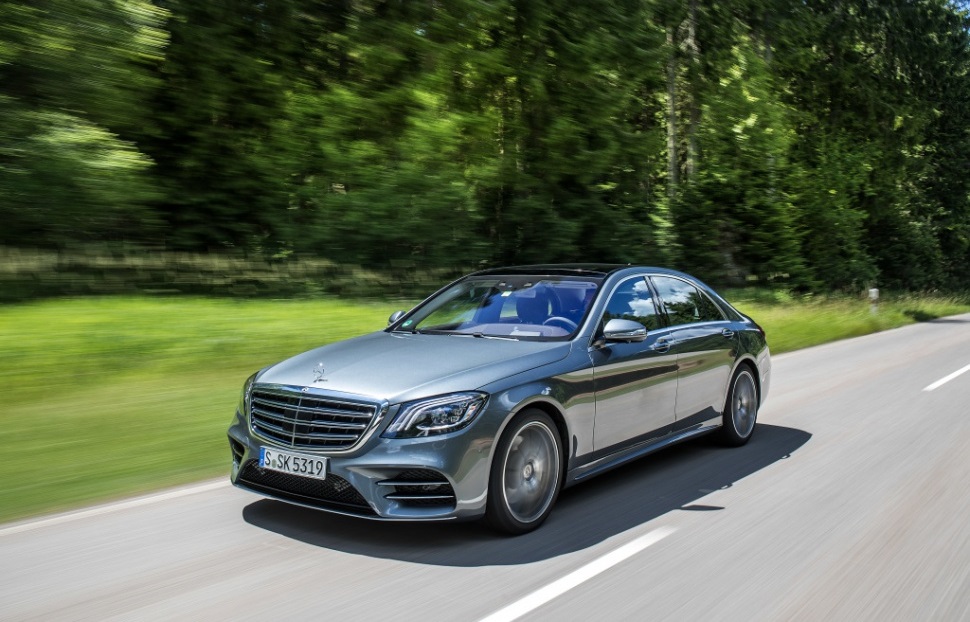
3. Mercedes-Benz S-Class (W222/W223)
The Mercedes-Benz S-Class, particularly the W222 and W223 generations, is a masterclass in modern luxury, but it’s also a prime example of how complexity can become a barrier to ownership outside the dealership ecosystem.
Everything in the S-Class is software-mediated: the seats, suspension, climate control, infotainment, lighting, and even door locks are controlled by a web of interconnected control units.
In total, there are dozens of individual modules that manage everything from biometric driver recognition to multibeam LED headlight aiming. These systems are not only sensitive to change—they often refuse to function unless specific initialization procedures are followed using dealer-only diagnostic software like Xentry.
Take something as simple as changing brake pads. In many S-Class models, this routine task requires the technician to place the vehicle in “brake service mode,” which retracts the electronic parking brake and disables certain functions. If done manually or incorrectly, it can lead to fault codes, system errors, or even damage to the braking components.
The same applies to battery replacement, headlight swaps, or replacing any sensor—none of it is plug-and-play anymore. Every repair must be digitally acknowledged and validated by the vehicle. Failure to do so will result in persistent error messages or disabled features.
On top of this, Mercedes has implemented strict access protocols on its diagnostic tools. Even when independent shops acquire the Xentry software, they often find themselves needing tokens or login credentials to access certain features, such as ECU coding or firmware updates.
This makes even legitimate repairs frustratingly difficult without being an authorized service center. The result is a car that effectively requires a partnership with Mercedes-Benz just to maintain.
While this might make sense for corporate fleet vehicles or wealthy customers who don’t mind dealer bills, it fundamentally locks out the kind of hands-on ownership experience that defined car culture for decades.
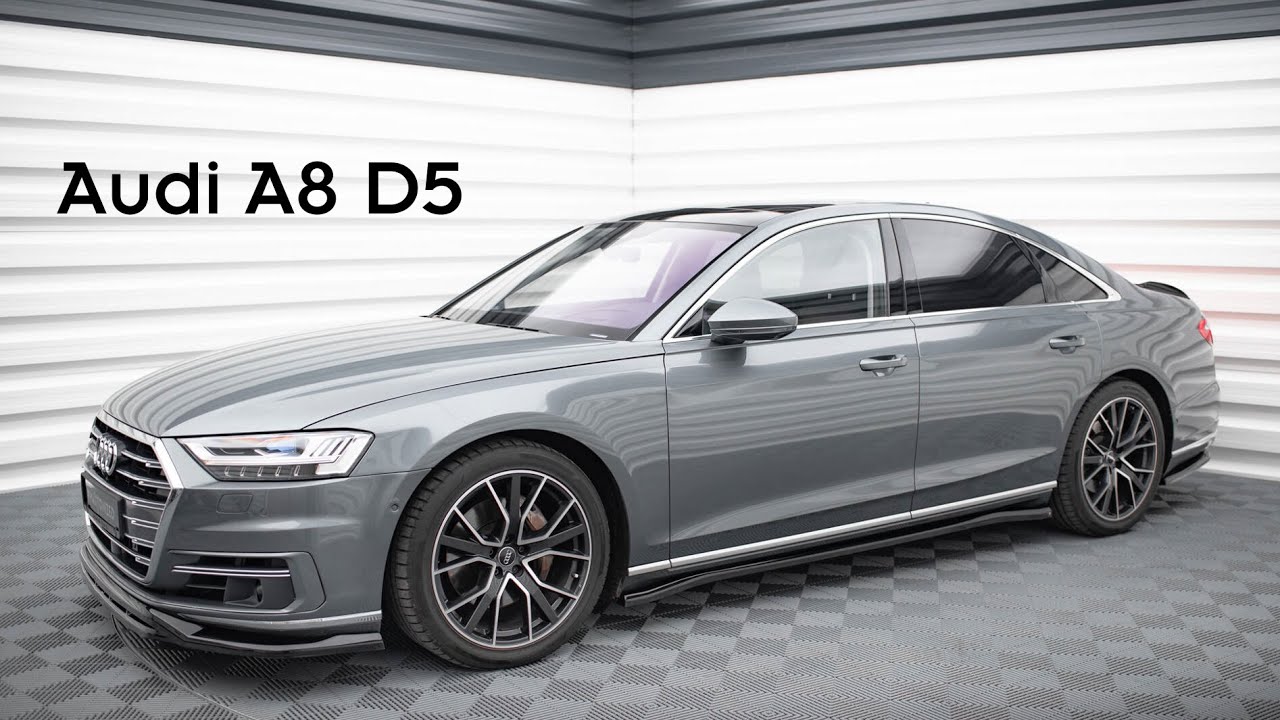
4. Audi A8 (D5 Platform, 2017+)
The Audi A8 D5 generation, launched in 2017, redefined what it meant to be a “digital luxury sedan” by integrating an unprecedented level of electronic control and automation.
This car doesn’t just offer driver assistance—it borders on autonomous capability with its Level 3 autonomy system (in certain markets), predictive suspension, and high-definition navigation tied directly into vehicle dynamics.
The Multi-Media Interface (MMI) system controls nearly every aspect of the car via touchscreens, and the underlying computer network links nearly every module together using a high-speed CAN and FlexRay bus system. The result is a hyper-intelligent vehicle that’s stunningly capable—and stunningly complex.
Under the hood, even the powertrain demands digital babysitting. Engines feature variable valve timing, twin-turbo configurations, and mild-hybrid systems that can’t be serviced traditionally.
Replacing a timing chain tensioner or water pump requires not only mechanical skill but also digital recalibration afterward to reset adaptation values in the ECU.
Audi’s Guided Fault Finding (GFF) system, part of the company’s ODIS (Offboard Diagnostic Information System), is required to walk technicians through even routine diagnostics. Without this, the car is often opaque to generic OBD-II scanners, returning limited or misleading fault codes.
Working on the A8 at home is more fantasy than reality. Even enthusiasts with considerable technical backgrounds are often stumped by the need for online programming sessions, access to Audi’s repair database (ElsaWin), and expensive VAS interface tools.
If you were to swap out something like a control arm or ABS sensor, the system might require recalibration using a digital alignment platform.
And if you replaced a body module or camera, good luck—these usually require SVM (Software Version Management) updates from Audi’s central servers. What this means for owners is simple: if the dealership isn’t within reach, neither is repair.

5. Land Rover Range Rover (L405 and newer)
The Range Rover, particularly in its L405 generation (2012–2021) and newer, is one of the most advanced luxury SUVs on the market. But with great capability comes great complexity, especially for anyone daring to repair it outside of a Land Rover-certified facility.
From the adaptive air suspension to the All-Terrain Progress Control system and dual-screen infotainment setup, nearly every aspect of the vehicle is governed by software and intricate electronic systems.
The vehicle’s architecture uses multiple CAN buses and relies heavily on firmware coordination between modules. Any miscommunication between systems can lead to the dreaded “restricted performance” or “vehicle will shut down in X miles” warnings.
Air suspension issues are especially notorious. While older Land Rovers had mechanical or hydraulic suspension systems, the L405’s setup is entirely electronic and tied into the car’s computer brain.
Replacing a single air strut or compressor without the right software tools can result in the system refusing to level or defaulting to “access height” mode.
You’ll need a JLR SDD (Symptom Driven Diagnostics) system or its successor, Pathfinder, to reset the suspension system and reinitialize height sensors. Similar roadblocks occur with drivetrain repairs, where replacing a transfer case motor or even a wheel speed sensor requires computer intervention to ensure all systems “talk” to each other correctly.
Even standard maintenance is laced with complications. Want to reset the oil change reminder? You’ll need to follow a specific sequence, and even then, it may fail unless your tool can communicate via the correct protocol.
Battery replacements need to be registered in the car’s Battery Monitoring System (BMS), or risk electrical gremlins that affect start-stop functionality and climate control.
The Range Rover might offer comfort and prestige, but it’s a digital fortress under the skin—and it’s made very clear that only those with the right key (and software subscription) are welcome to enter.
Also Read: 5 TPMS Setups That Don’t Fail And 5 That Always Need Resets
As the automotive world races toward a future of automation, electrification, and connectivity, it’s important to step back and ask: What are we giving up in pursuit of progress?
The convenience of over-the-air updates, predictive diagnostics, and autonomous safety systems is undeniable. But these advances often come with a hidden cost—one that’s not measured in dollars or horsepower, but in autonomy, access, and the ability to take control of your own machine.
The vehicles that can be fixed with basic tools represent more than just nostalgia. They are reminders of a time when the relationship between a car and its owner was tangible, physical, and personal. Turning a wrench is about more than just repair—it’s about understanding how things work, about learning through doing.
It’s about the satisfaction of solving a problem with your own hands, saving money, and gaining confidence. For many, that relationship becomes a source of pride, and even a form of identity. These cars ask for your time, but they give back in education, reliability, and a sense of mastery that no touchscreen or software update can provide.
The Honda Civic, Jeep Cherokee XJ, Toyota Corolla, Ford Ranger, and classic Volkswagen Beetle are all proof that simplicity doesn’t have to mean sacrifice. They’ve earned their reputations not just for being cheap or abundant, but for being durable, understandable, and fixable.
And in a world where planned obsolescence is becoming the norm, that fixability is more valuable than ever. These cars are increasingly rare gems, not because of their flash, but because they embody a forgotten truth: that machines should serve people, not the other way around.
On the flip side, we have the other reality: vehicles that, for all their elegance and engineering brilliance, put a wall between the owner and the machine.
Tesla’s Model 3 is a technological marvel, but it’s locked tight behind proprietary software and digital control. BMW’s 7 Series, Mercedes’ S-Class, Audi’s A8, and the Range Rover have all evolved into luxury computers on wheels—vehicles that require more IT knowledge than mechanical know-how.
You can’t just diagnose an issue by listening to a noise or feeling a vibration anymore. Now, you need access to cloud systems, subscription tools, and encrypted protocols.
And perhaps that’s the biggest cultural divide in the automotive world today. It’s not just a gap between old and new, gasoline and electric, or analog and digital. It’s a gap between the cars you own and the cars you lease from software.
Even when you hold the title, the vehicle might still be under the control of its manufacturer in ways you never agreed to. The right to repair, to explore, to learn—it’s being boxed out by legal contracts, locked ECUs, and paywalled knowledge.
So, where do we go from here? For some, the answer is simple: hold on to the cars that let you do the work yourself. Preserve them. Drive them. Teach your kids how to work on them.
They’re not just old cars—they’re artifacts of freedom. For others, maybe it’s about advocating for more transparent and open automotive software standards.
After all, if smartphones can be jailbroken, why not vehicles? The debate is far from over, and legislation around the “Right to Repair” continues to evolve.
In the meantime, this list serves as a map of the divide. It shows us what’s still possible, what’s already lost, and what’s at risk of disappearing entirely.
So, whether you’re tuning up a ’98 Civic or navigating firmware updates on a luxury EV, remember this: how much you can fix yourself isn’t just a technical detail—it’s a reflection of what kind of driver, and what kind of world, we want to be part of.
